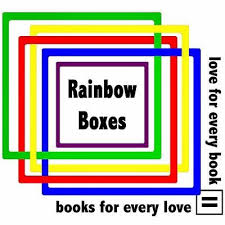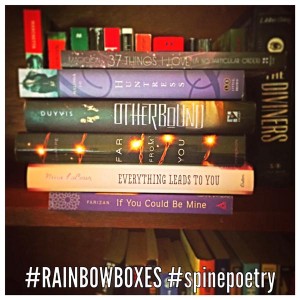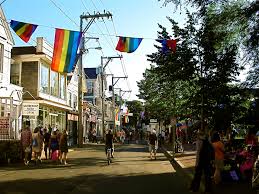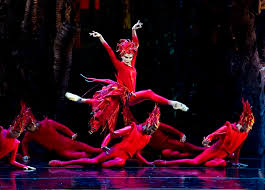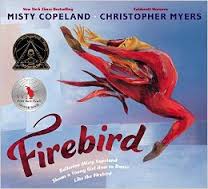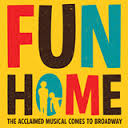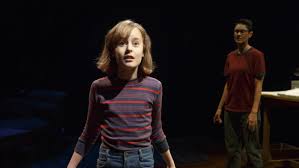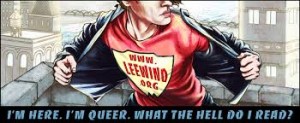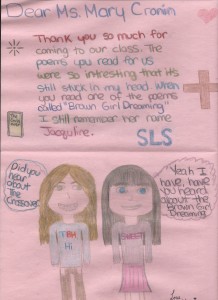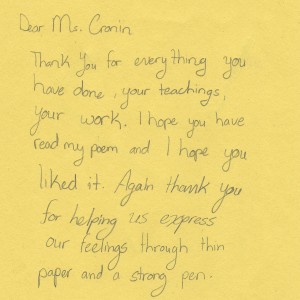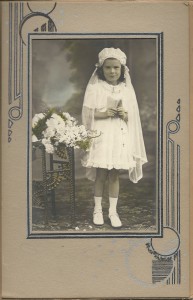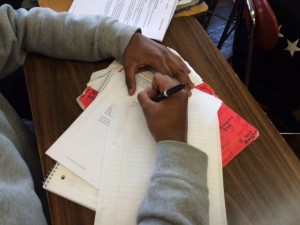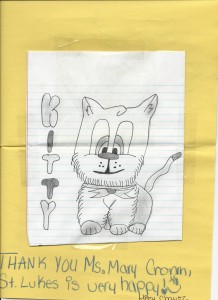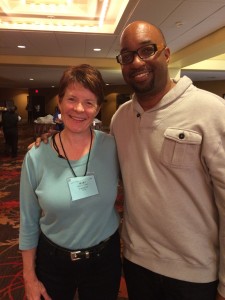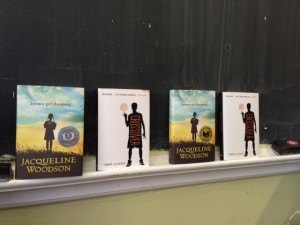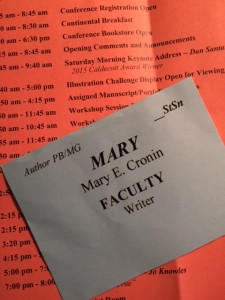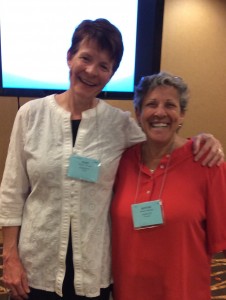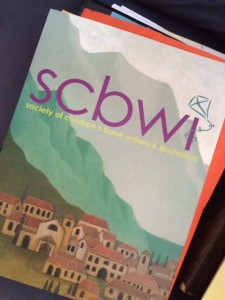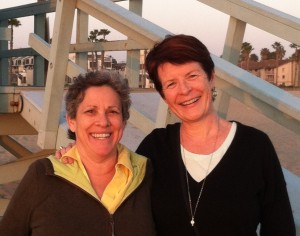Have you heard about Rainbow Boxes? It’s a way to get sorely needed books into the hands of LGBTQ+ youth.
Flashback to a scene in a middle school library about six years ago: the school counselor, who happens to be my wife, was showing me the section in the library where the books on sexuality could be found. Included in the collection were a few books referencing gay and lesbian youth. Except you could never find them, she said, because kids would covertly take the books, read them furtively in the far corners of the library, and stick them back into a random shelf when they were done.
So much has changed since then!
First, my wife wrote a grant and her school library now has a full collection of GLBTQ+ books. Plus, there is a middle school GSA (now called GSE, for Gender, Sexuality and Equality). There is more openness, inclusion, conversation– at the school level and in our country as a whole!
But that’s just one school, with some progressive leadership, on Cape Cod. There are so many schools that don’t have those resources. YA authors Amy Rose Capetta and Cori McCarthy are aiming to fill that need with their genius idea called Rainbow Boxes, which are boxes filled with books about GLBTQ+ characters. These books, funded by an Indiegogo campaign, will be sent to every state in the union (to one school and one shelter)– if the project reaches full funding! This project goes hand-in-hand with the We Need Diverse Books mission.
I’ve made my contribution. Will you kick in a few dollars, for kids who need to see themselves represented realistically and positively in a book? And check out their book list (on the Indiegogo page) for some fantastic summer reading.
Follow Rainbow Boxes on Twitter at @RainbowBoxesYA.
Follow We Need Diverse Books on Twitter at @diversebooks.

